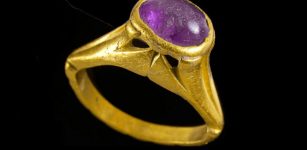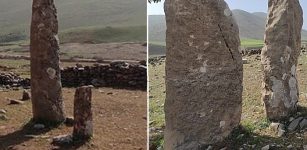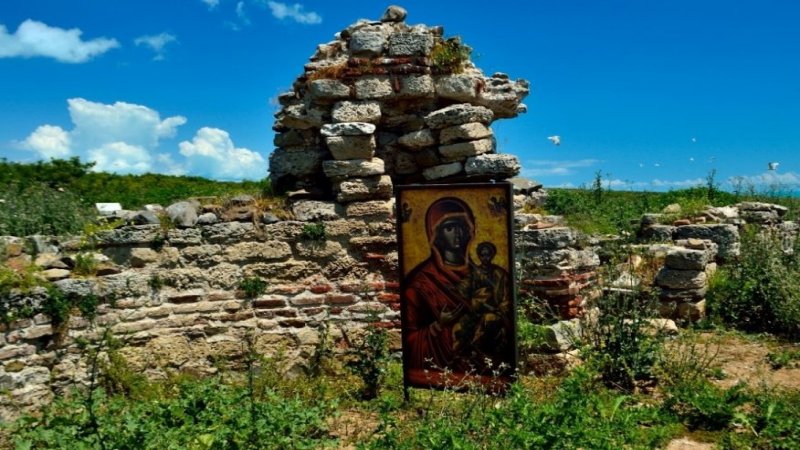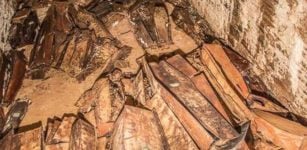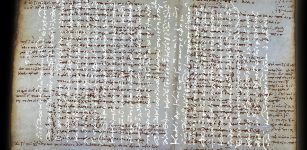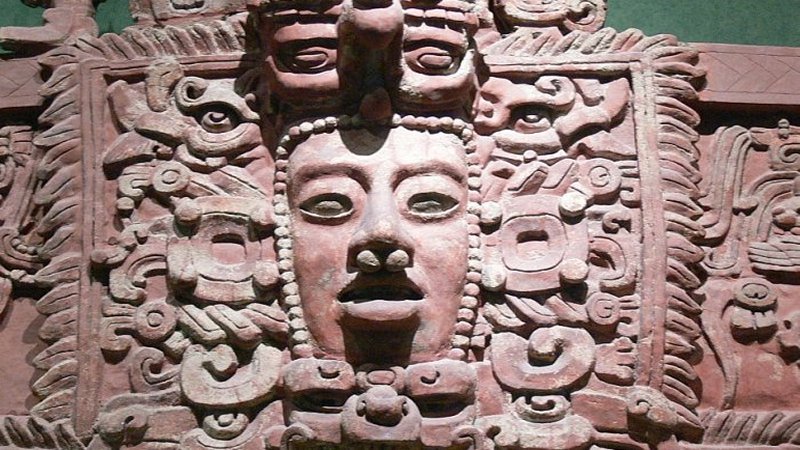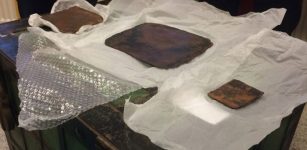Kunulua Wasn’t Invaded By The Philistine ‘Sea Peoples’ – Ancient Riddle Is Finally Solved
MessageToEagle.com – The Philistine ‘Sea Peoples’ didn’t invade Kunulua, they lived there, according to fascinating discoveries in southern Turkey, reports Haaretz.
As civilization collapsed 3,200 years ago, the Sea People – of whom the Philistines were but one – arose, seemingly sweeping away all that stood before them. Now we know where they came from, and it’s not what scholars thought.
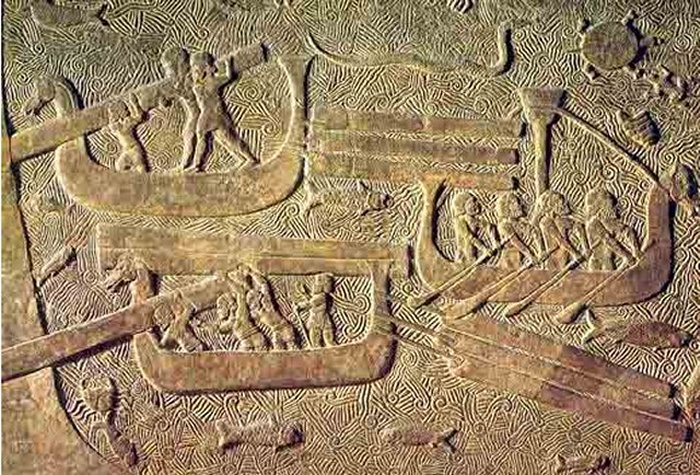
Back then, the mighty Hittite kingdom spanned much of the territory known today as Turkey and Syria. Then, as the Late Bronze Age graduated into the Iron Age I, around 1177 BCE, the entire civilization of the Mediterranean and the Near East collapsed – and the “Sea Peoples,” including the Philistines, ascended.
“Sea Peoples Invasion” theory has long been postulated that the Philistines arose and swept over the region from a base in the Aegean. But recent discoveries at a remote archaeological site in southeast Turkey indicate that the Philistines were already there as the great civilizations collapsed.
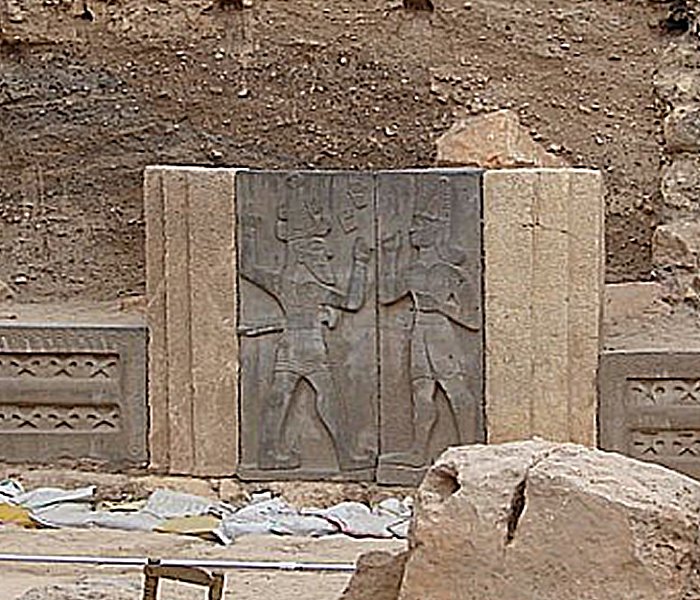
This important conclusion is based on anomalies found at Tel Tayinat, an archaeological site located in the Hatay province of present southeastern Turkey about 25 kilometers south east of Antakya (ancient Antioch). Tel Tayinat contains the ruins of a city going back thousands of years. Evidence found at the site proves that its ancient name was Kunulua (or Calno).
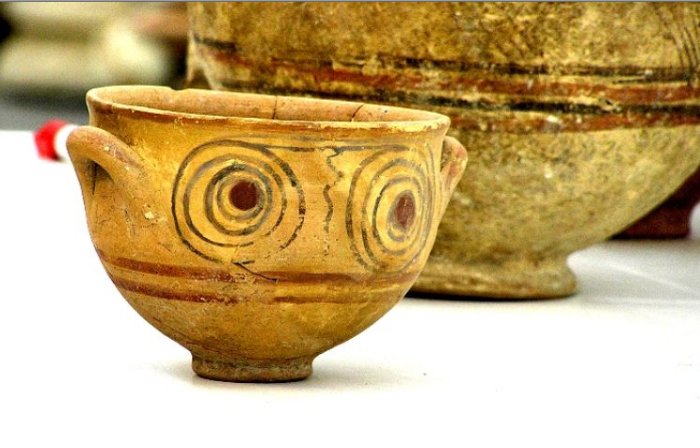
Until recently, it was assumed that the site was Hittite because of its location, and that after their empire collapsed its residents evolved into the “neo-Hittite” culture which continued using the ancient names, artistic styles and symbols of the Hittites. Who exactly the “neo-Hittites” of Kunulua were remained a mystery – until now. They were, archaeologists are starting to believe, the Philistines.
The new theory that Tel Tayinat was a Philistine capital arose from anomalous pottery findings and other oddities found in excavations headed by Prof. Timothy Harrison of the Toronto University’s Department of Near and Middle Eastern Civilizations.
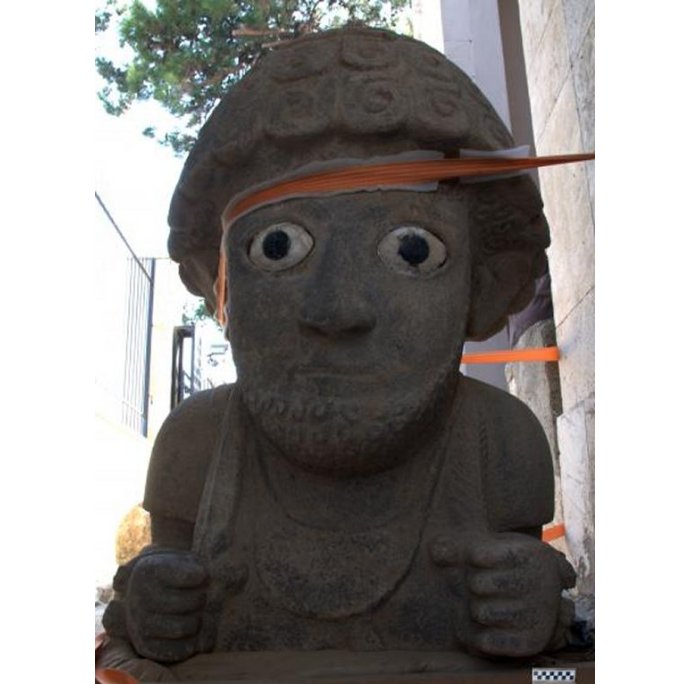
The Philistines were one of many groups referred to in ancient records as the “Sea Peoples”. As listed on the mortuary temple of Ramses III at Medinet Habu, they included the Danian, Ekwesh, Lukka, Shekelesh, Sherden, Teresh, Tjeker, Weshwesh and the “Peleset” – “Plishtim” in Hebrew, or, the Philistines.
One reason Tel Tayinat had been assumed to be Hittite is its inland location, some 25 kilometers distance from the Mediterranean shore. The Philistines, who had famously plagued the peoples around the Mediterranean basin, had been thought to mainly stick to coastal areas.
The first anomaly that in retrospect argued Kunulua was Philistine city was vast amounts of unique pottery called Late Helladic IIIC ware (or Mycenean IIIC ware) – which is one of the markers of the Philistines, and is found in abundance in other Philistine sites, in Israel in particular. The original excavation of Tel Tayinat in the early 1900s had uncovered layers of this stuff, but no one knew what to make of it. Some suggested the Hittite inhabitants had imported it as a luxury good.
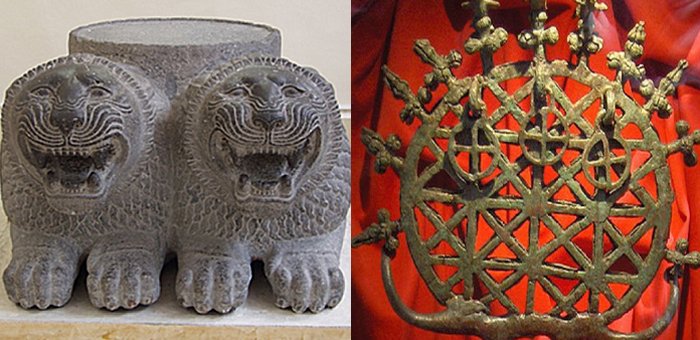
Other distinct Philistine markers found in large amounts in Iron Age levels at Tel Tayinat including unperforated cylindrical loom weights.
Mere “international trade” by Hittites couldn’t explain the sheer amounts of these items and pottery remains found at Tel Tayinat and its surroundings. Petrographic analyses proved that this pottery was actually locally made and was used for a different way of food preparation by the locals.
More than one inscription found at Tel Tayinat, written in the Luwian language used by the Hittites, referred to a mysterious “King Taita”, ruler of “Walistin” or “Patin”; and an earlier find in Hamath, Syria spoke of a King Taita of “Walistin.”
No one had ever heard of him. It seemed a new kingdom with a new and powerful king was being uncovered at Tel Tayinat.
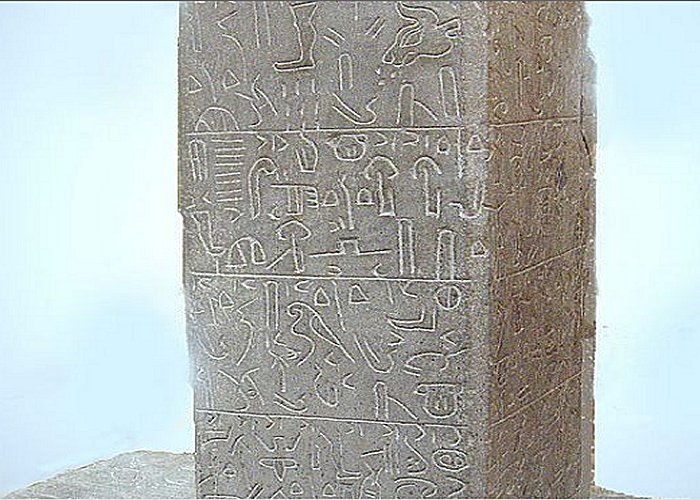
A breakthrough came while excavating the temple dedicated to the storm god Adda or Hadad in Aleppo, Syria, in 2003: Kay Kohlmayer, the site’s director, found a relief and dedicatory inscription to “Taita, King and hero of Patastini” and another to “Taita, conqueror of Carchemish”. Taita had restored this ancient temple and had a dedicatory inscription made of his great achievements.
Based on this new discovery, the reinterpretation of one Luwian hieroglyphic sign and the amassing archaeological evidence John David Hawkins, a Luwian expert, thinks that everybody had been reading these inscriptions wrong, and that the ‘W’ sound should in fact be read as a ‘P’ making Walistin, Palistin, “Patasatini” should be read as “Palasatini” or “Palastin”. That would correspond with the ancient Egyptian mention of “Peleset” as one of the ten Sea People groups.
In fact, the Hittitologist Prof. Itamar Singer had long thought the Sea Peoples – or at least some of them – came from western Anatolia. There just wasn’t enough evidence to prove him right, until now.
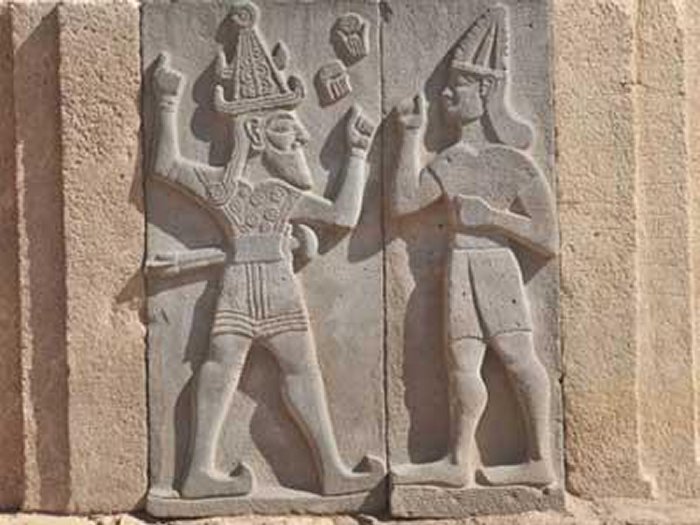
“Around 1100 BCE, there are indications of a larger political integration of north Syria under the rule of King Taitas,” says Prof. Gunnar Lehmann of Ben Gurion University, who recently conducted a major survey of coastal sites in Turkey. “The inscriptions and the monuments of this king are all written in Luwian hieroglyphs, his reliefs are neo-Hittite but the pottery is Aegeanizing,” meaning shows Aegean influences “It would be very strange indeed if what we have at Tayinat wasn’t [a Philistine hub].”
Rather than the “Sea Peoples Invasion” theory, Toronto’s Harrison suspects that over time, Philistines migrated in small numbers to the area, and assimilated with the locals. Not only was the homeland of the Philistines found in Tayinat. So, possibly, was evidence of the historic veracity of the Prophet Isaiah.
In 2012, the University of Toronto team uncovered the top half of a buried life-size statue of the Hittite king Suppiluliuma. A Luwian inscription on the statue’s back recounts his exploits, linking him with a ‘Patinian’ king who fought against the onslaught of Assyria’s Shalmaneser III in 858 BCE.
It was common for Hittites to have colossal statues guarding the entrances to cities. But when the Assyrians conquered the area in 738 BCE, they would bury sacred items, such as this statue.
Scholars have long suspected that Prophet Isaiah’s oracle against Assyria (“Is not Calno as Carchemish?… As my hand hath found the kingdoms of the idols,” Isaiah 10:9-10) alludes to the Assyrian destruction of Kunulua. The buried statue of Suppiluliuma may actually be the physical manifestation of this historic event.
MessageToEagle.com
source: Haaretz
New Extraordinary Discovery In Tayinat – Colossal Human Sculpture Unearthed

